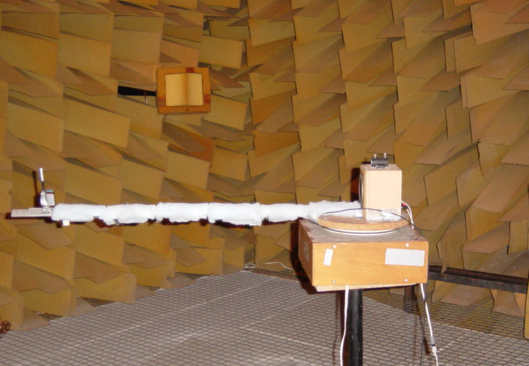Aural Terrains
Thursday was the start of our new Studio project, and audio/sound-based one.
Our class was divided into 2, swapping activities on the 2 days. Our group went on a sound walk. We had a brief chat with a guest tutor and then followed him around the city completely quiet. We were to listen to the sounds around us. We were told small tricks such as counting the distinct sounds which enabled us to be more concious of what we were actually hearing. We were also to try to separate the sound from what we thought was making it. For example if we heard a bag dragged across concrete rather than associating the sound with something being dragged, just hear the sound detached from it's source. Hear it's qualities, not what is making possibly it. This is more difficult than it seems. It's something I thought I regularly do but when asked to actually do it consciously, it was automatic to associate it with the source.
I spent the first few minutes of the walk actively trying to get music out of my head (various The Doors songs lately if you must know, I've been having a renaissance).
We were told of movements of people which slight political agendas who separate "Natural" sounds from "Unnatural" sounds (city noise etc) and about how our guest tutor somewhat disagreed with this movement as all sound it natural even if it's man-made. My first argumentative thought was Synthesis or better, sound modelling where instruments that could not possibly exist in real life are modelled so we hear what they sound like.
Friday we swapped and our half met up at Auckland University Architecture department to see the Anechon Chamber (not sure why it's in that department) and it's opposite, an echo chamber. The Anechon Chamber is filled completely with sound-deadening material (some kind of foam I imagine).

The walls, the ceiling and the floor. Visitors actually stand on wire above the floor. The wire is just about the only hard reflective surface in the room. Entering makes one's ears tighten up (noticeably usually) as they attempt to hear what they are used to hearing: sound reflections. It's very quiet in the room. I've been there before as a kid on a Uni open day and I think that played a part in the feeling not being as dramatic as I remember. Possibly also that about 10 people were in the room so there were plenty of surfaces for sound to reflect off. While not as dramatic as I remember the first time, the reverb in the normal room next door was very apparent once I exited the chamber.
Another effect of the Anechon Chamber is you can hear your own internal noises more. People often discover mild tinnitus. I was mildly surprised that I didn't while younger classmates did. I've been to quite a few loud gigs and stood next to the speaker (I wouldn't normally do that).
We also had a brief hearing test, and a few other things were explained to us such as how the ear worked.
A couple of other interesting things, we were exposed to some wav files of music, speech and traffic (I think) with different amounts of reverb applied. The ones with less, meant to sound like they were in a furnished and an empty living room for example to me sounded like they had too much reverb applied. It's possible that it's because we were already listening to them in a mocked up living room. It's also possible that one does not notice the reverb because we are accustomed to it. Later in the following week (yes I'm getting ahead of myself) I was surprised at just how much reverb there is in my own recordings of various indoor situations.
The last interesting thing was that the music wav, when played with enough reverb to simulate a music chamber, that's when it sounded best to me. Is that because it suits that environment or is it just because that's what I'm used to?